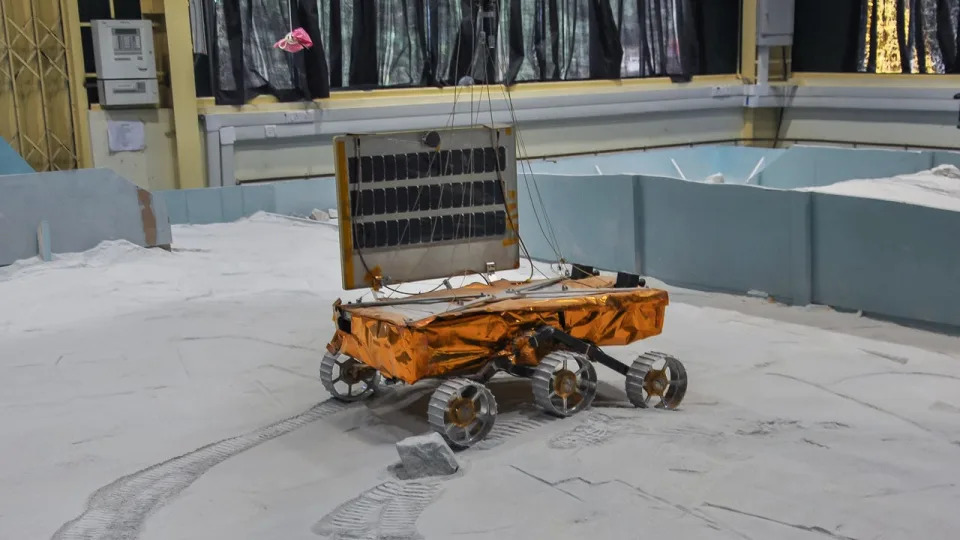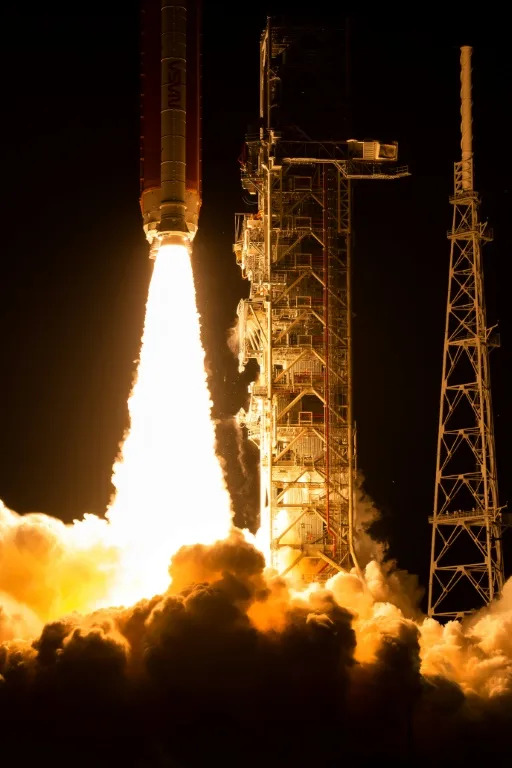AFP
Wed, August 23, 2023

Arab Israelis protest outside a police station during the funeral for the director-general of Tira city, the latest victim of a crime wave in the Arab-Israeli community (AHMAD GHARABLI)
A high-ranking civil servant buried Wednesday in Israel is the latest victim of a crime wave that has killed almost 160 members of Israel's Arab minority this year.
Abdelrahman Kashua, who held the post of director-general in Tira city, just north of Tel Aviv, was gunned down at a gas station on Monday, police said.
Mourners carrying black flags gathered outside a police station in protest as part of the funeral procession.
Kashua is among 156 Arab-Israelis killed so far this year, according to the Abraham Initiatives which promotes coexistence between Arabs and Jews.
Arab Israelis have long complained of discrimination and police inaction against crime that disproportionately affects their communities.
Experts say Arab gangs have amassed large quantities of illegal weapons over the past two decades and are involved in drug and other crimes.
Prime Minister Benjamin Netanyahu on Tuesday condemned Kashua's killing as a "red line" and vowed to use all means "in order to defeat this crime" wave.
But just hours after his remarks, four more Arab men were murdered in the northern town of Abu Snan.
One of the victims, Ghazi Saab, had written on Facebook about his plans to stand in municipal elections later this year, and said "we can no longer remain silent."
"Crime and acts of violence in our villages have crossed all limits," he wrote in July.
"I appeal to all to not deal in violence. There is no reason to kill."
A leading Arab politician, Mansour Abbas, on Wednesday called for greater support for his community.
"Our demand is only one, that the state of Israel carries out its duty to protect the lives of Arab citizens," he said at Kashua's funeral.
Abbas made history in 2021 when his Raam movement became the first Arab party to join a governing coalition, pressing while in power for funds to tackle crime.
Arab Israelis, descendants of Palestinians who stayed on their land after Israel's creation in 1948, make up about 21 percent of the population and many identify as Palestinian.
Earlier this month Netanyahu blamed "out-of-control criminal organisations" for the violence, which has led to other protests by Arab Israelis this year.
In early June, the prime minister said he was "determined to stop this chain of murders" and would see that happen by not only reinforcing police but also "with the help of the Shin Bet", the internal security agency.
str-mib-jd/rsc/it















